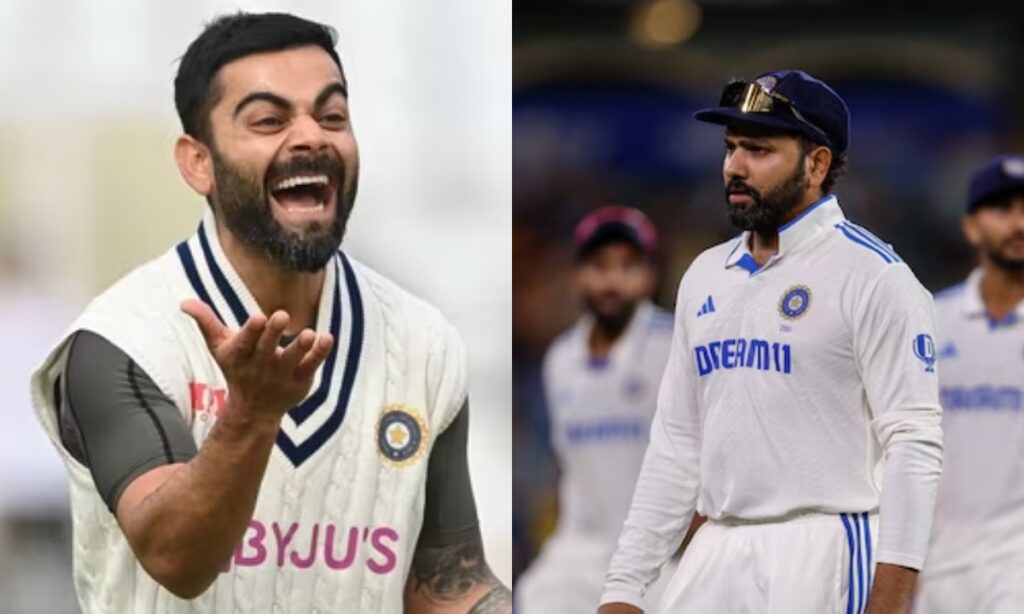The second Test of the Border-Gavaskar Trophy at Adelaide has been a rollercoaster of cricketing fortunes, with the narrative swinging dramatically from one side to the other. India, after a convincing win in Perth, faced a stern challenge in Adelaide. Bowled out for a mere 180, with Mitchell Starc claiming an impressive 6 wickets, India’s batting lineup, including Virat Kohli who scored only 7, struggled on day one. As the match progressed to day two, Australia, at one stage at 191 for 5, held a slender lead of 11 runs. However, Travis Head’s century propelled Australia to a commanding position, extending their lead to 157 runs by the end of the day, with India losing 2 wickets in response. Amidst this scenario, captaincy by Rohit Sharma came under scrutiny for two significant blunders.
The first blunder was the underutilization of Ravichandran Ashwin. Ashwin, one of the world’s premier off-spinners, has a phenomenal record in Indian conditions but has often been critiqued for his performance in SENA (South Africa, England, New Zealand, and Australia) countries, where fast tracks are the norm. The Adelaide pitch, unlike the spinning tracks back home, doesn’t offer the same degree of turn and bounce that Ashwin thrives on. Despite this, the decision to delay Ashwin’s introduction into the bowling attack was questionable, especially when the ball was still relatively new and could have offered some assistance. His spin could have been crucial in breaking partnerships or at least slowing down the scoring rate, providing India with much-needed control. By the time Ashwin was brought into the attack, the game had already shifted in Australia’s favor, with Travis Head well-set and scoring briskly.
The second blunder pertains to the management of bowling options, particularly concerning Nitish Kumar Reddy. Reddy, who had shown promise by dismissing the set batsman Marnus Labuschagne, was not given further opportunities to bowl. This lack of persistence with a bowler who had just made an impact was a tactical misstep. By not bowling Reddy more, India missed a chance to exploit any weakness or discomfort Labuschagne might have felt against him. Instead, Australia capitalized on this, with Head and others building substantial partnerships that significantly increased their lead. This failure to adapt and utilize all available resources effectively underscored a missed opportunity to keep Australia under pressure, especially after Reddy had shown he could be effective.
These two decisions by Rohit Sharma highlight a strategic miscalculation in adapting to the conditions and the flow of the game. While captaincy involves making tough calls under pressure, these particular choices seem to have cost India dearly on day two. As the match progresses, the hope for Indian fans and the team will be that Rohit can rectify these oversights, adapt his tactics, and lead a fightback. However, the narrative of this Test has been significantly altered by these blunders, leaving India with a mountain to climb. The remainder of the match will not only test India’s batting resilience but also Rohit Sharma’s ability to learn from these mistakes and steer his team back into contention.

